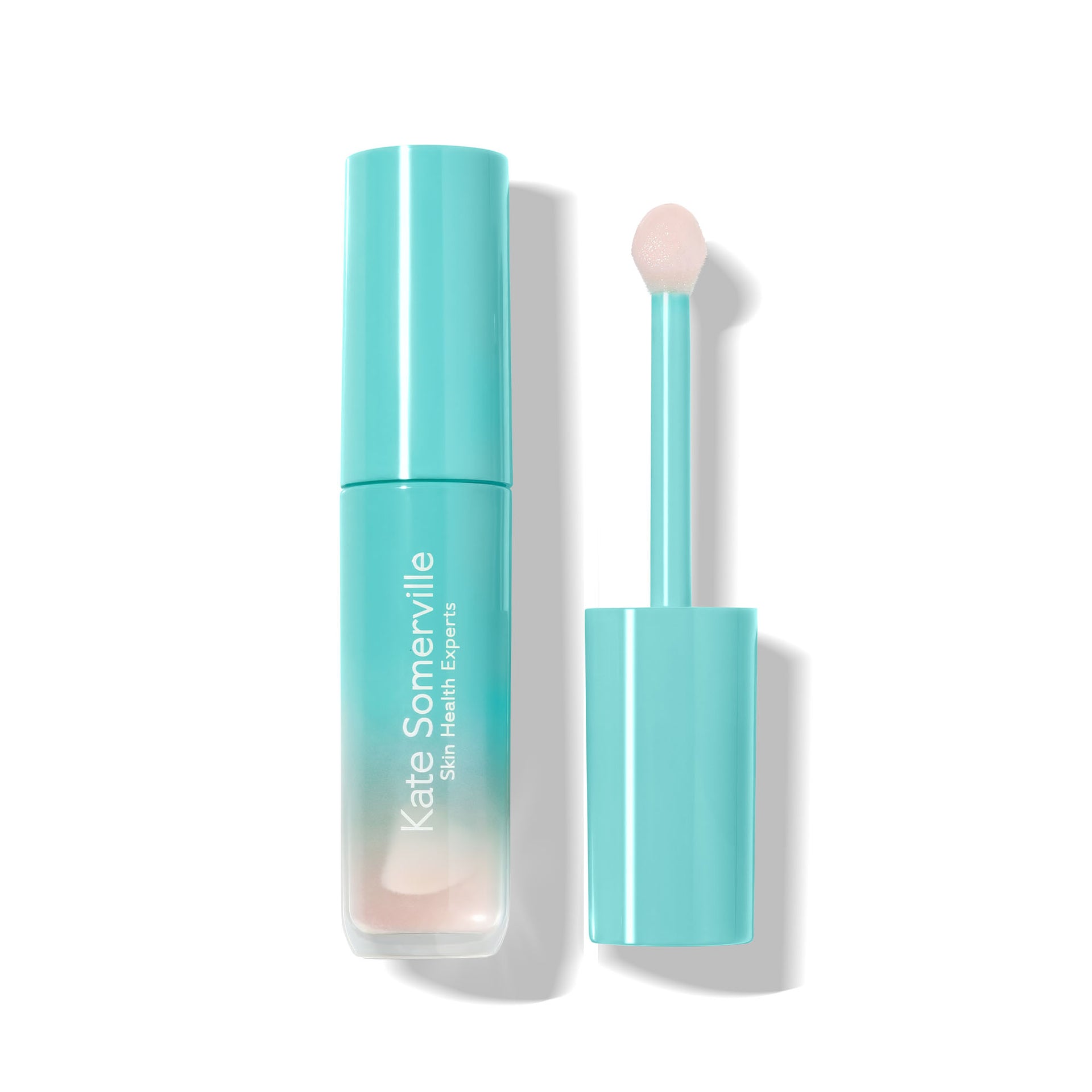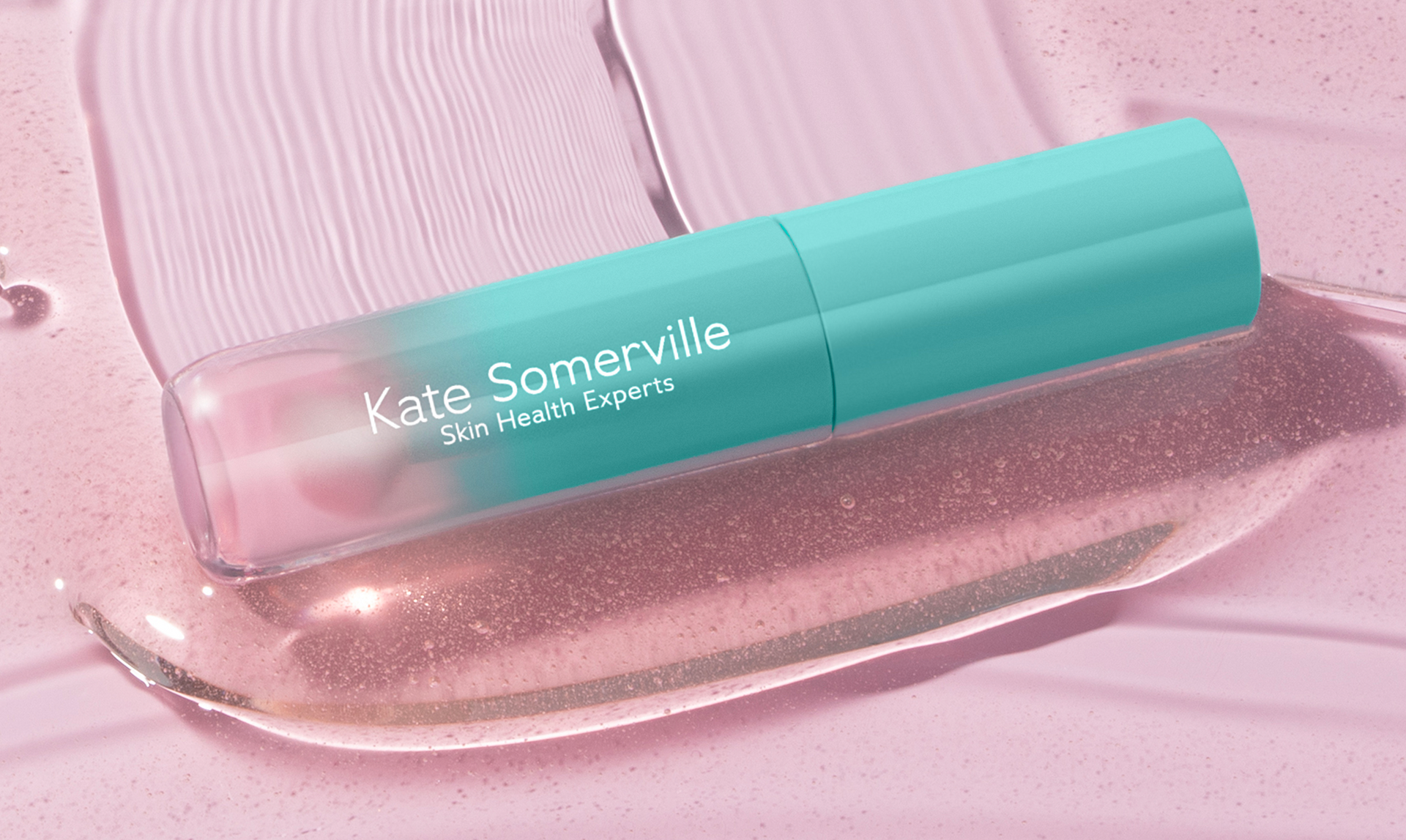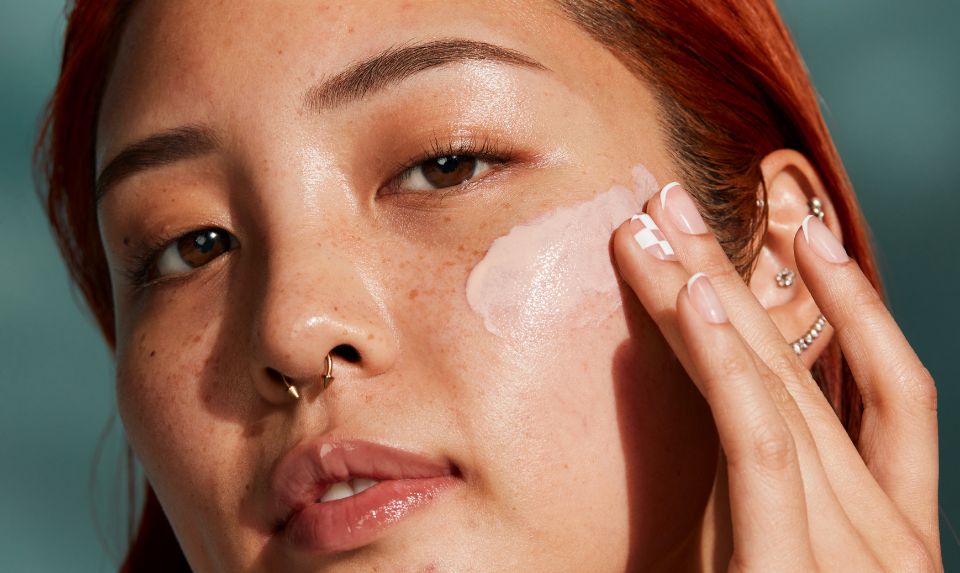Celebrities and everyday citizens alike are constantly testing new methods to achieve glowing, radiant and youthful skin. In fact, 64% of the American Society of Plastic Surgeons [1] members have seen a dramatic increase in the number of patients under the age of 30 requesting facial cosmetic surgery or fillers. But before you book an appointment, there is a lot to know about these fillers, their recommended purpose, and how to select the right professional to administer them.
What are Fillers?
Generally speaking, “filler” is a broad term that is applied to a number of products which can go by a few different names including dermal fillers, cosmetic fillers, soft tissue fillers, or even injectable implants. All of these labels refer to the same type of treatment. However, that does not mean that everything labeled as a filler is safe for use. In fact, only a few materials are approved by the Food and Drug Administration (FDA) for cosmetic use as fillers and if you are considering getting work done, it is extremely important that you understand what these materials are and their approved uses [2].
So what are dermal fillers? Simply put, dermal fillers are gel-like substances which are injected into the skin to help restore lost volume, smooth fine lines and wrinkles, and enhance the contours of the face. These materials can be either temporary or more permanent. Temporary substances are materials that are absorbable by the body while permanent ones are not. The FDA approved substances [3] include:
- Collagen - A type of protein that is naturally present in the body, the effects of injectable collagen typically last three to four months making it the shortest lasting of any filler. Purified collagen for use as a filler is usually sourced from bovine (cow) or human cells.
- Hyaluronic Acid - This is a type of sugar which is also naturally occurring within the human body, found in the skin and cartilage, and its effects can last as long as six months to one year. When combined with water, the substance swells into a gel consistency which results in a smooth filling effect when injected into the skin. Most often hyaluronic acid is derived from bacteria or rooster combs, but may be chemically modified to increase its longevity within the body.
- Calcium Hydroxylapatite - Naturally found in human teeth and bones, when used as a filler calcium hydroxylapatite particles are suspended in a gel solution before being injected under the facial skin or the back of the hand. Given the nature of the substance, its effects may last as long as 18 months but during that time the calcium hydroxylapatite may obstruct x-ray visuals of other bodily structures.
- Poly-L-Lactic Acid (PLLA) - One of only two man-made substances on the list of approved materials, PLLA is a biodegradable polymer which is also used for absorbable stitches and bone screws. As a filler, PLLA’s effects may last as long as two years and the initial injections are given over a period of a few weeks.
- Polymethylmethacrylate (PMMA) - These beads are the second man-made polymer on the FDA’s list of approved materials, however, they are not biodegradable and cannot be absorbed by the body meaning it is the only permanent material available for fillers. Similar to PLLA, PMMA beads are suspended in a gel solution containing bovine collagen before being injected into the face.
Within these categories of substances, there are a number of variations that can be used as approved fillers. Be sure to discuss your options thoroughly with your doctor during your consultation in order to determine the best material for you.
FDA Approved Uses
The FDA goes beyond simply approving the materials that can be used as a filler and actually specifies the uses of each material. Specifically, they outline the following uses for fillers:
- Correction of moderate or severe facial wrinkles and skin folds.
- Restoration of facial fat loss in those with human immunodeficiency virus (HIV)
- Augmentation of the lips, cheeks, and back of the hands in those over 21 years of age
- Correction of contour deficiencies such as acne scar or wrinkles
- Permanent material may only be used for the correction of severe nasolabial folds and cheek acne scars in those over the age of 21.
Further, the FDA explicitly lists that fillers are not approved for large-scale body contouring or enhancement including breast augmentation, increased size of the buttocks, increased fullness of the feet, or implementation into bone, tendon, ligament, or muscle. Misusing fillers can lead to severe pain, infection, and injuries such as scarring and permanent disfiguration. Before undergoing any procedures, discuss the process in detail with your physician so you understand what will be done and if there are any risks involved.
What About Botox®?
Dermal fillers and Botox® are often confused as being the same thing, but in fact, their only similarity is that they are both minimally invasive cosmetic procedures. The results of each procedure, however, are very different. In contrast to the above fillers, Botox® treatment is a purified bacteria used to temporarily paralyze muscle activity [4]. Botox® is derived from the botulinum toxin which is the same toxin that causes botulism, a type of food poisoning. When used as a treatment, Botox can also be used to help prevent chronic migraine episodes, reduce excessive sweating, alleviate asthma symptoms for those that have trouble breathing, and help with other cosmetic procedures [5].
Botox® works by blocking the nerve signals of the muscles where it is injected. Once the nerve signals are interrupted, the muscle is temporarily paralyzed or frozen. Without the continued movement of those muscles in the face, the appearance of forehead lines and wrinkles may be softened or reduced.
In addition to the cosmetic reduction of wrinkles, Botox® injections are also used to treat other conditions that affect how the body functions, including:
- Urinary incontinence caused by an overactive bladder
- Chronic migraine episodes
- Involuntary muscle spasms and contractions including eye twitching and cervical dystonia
- Hyperhidrosis (excessive sweating)
How Long Does Botox® Last?
Botox® is not a permanent procedure, and according to the International Association for Physicians in Aesthetic Medicine (IAPAM), the effects of facial injections can last anywhere from three to six months [6]. The longevity of its effect depends on several factors including the dosage, method of application, the area of treatment, and the anatomy of the individual patient. For example, treatments around the eyes tend to wear off faster than other areas of the face and men usually require more frequent treatments than women.
Choosing a Provider
Unfortunately, there are a lot of people out there who claim to be qualified professionals and wrongfully administer injectables to unwitting patients. If you choose to seek out a provider for a cosmetic procedure, you must do your research and ensure that they are certified to be providing such a service. The regulations for fillers and Botox treatment will vary by state, but generally speaking, injectables are considered a medical procedure and should only be performed by a certified doctor, nurse, or specialist.
Other Non-Surgical Options
While dermal fillers and Botox® are effective cosmetic procedures, many have achieved satisfactory results after using anti-aging skincare products that are designed to help minimize the appearance of fine lines and wrinkles. With consistent use, these products can help to keep your skin looking youthful and glowing. Many of these products utilize some of the same substances, such as hyaluronic acid, as key ingredients to help achieve similar visible results when applied topically.
But fillers used topically aren’t the only option when it comes to anti-aging skincare. There is a slew of ingredients that can help smooth your skin and reduce the visible signs of aging including:
- Alpha-Lipoic Acid
- Biotin
- Caffeine
- Ceramides
- Coenzyme Q10
- Glycolic Acid
- Green Tea
- Hyaluronic Acid
- Hydroquinone
- Jojoba Oil
- Kojic Acid
- Lactic Acid
- Malic Acid
- Niacinamide
- Plant Stem Cells
- Resveratrol
- Retinol
- Vitamin C
- Vitamin E
- Vitamin K
That’s a lot of options to choose from! The good news is you do not have to use every one of these ingredients every day to achieve results. Instead, look for some of these ingredients to be the primary element in some or all of your skincare products. You might have to do a bit of experimenting to decide which ones work best for you and your skin type. For instance, retinol might be too aggressive for those with sensitive skin. And while many of these ingredients have anti-aging effects, the exact results each achieves will vary. So be sure to do your research and choose the products that will help you reach your skin goals.
All this to say… you have options when it comes to your skin. If you are trying to reduce the appearance of fine lines and wrinkles, dermal fillers, Botox injections, and skin care products can all help you reach your goal.
Sources:
- https://www.plasticsurgery.org/news/blog/why-are-millennials-getting-botox-and-fillers-in-their-twenties
- https://www.fda.gov/MedicalDevices/ProductsandMedicalProcedures/CosmeticDevices/ucm619837.htm
- https://www.fda.gov/MedicalDevices/ProductsandMedicalProcedures/CosmeticDevices/ucm619846.htm
- https://www.mayoclinic.org/tests-procedures/botox/about/pac-20384658
- https://www.accessdata.fda.gov/drugsatfda_docs/label/2017/103000s5302lbl.pdf
- https://iapam.com/how-long-does-botox-last.html






















